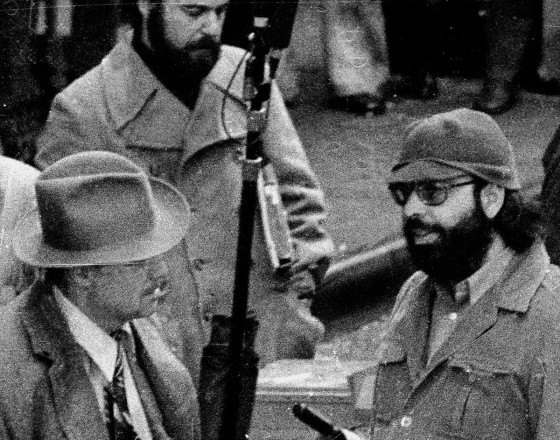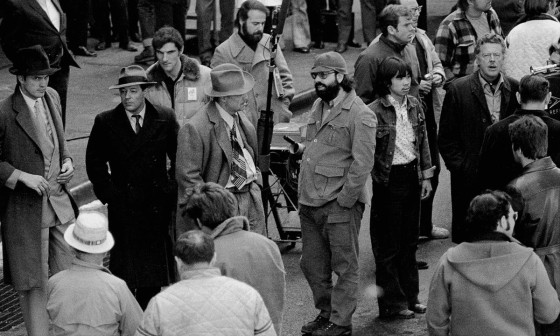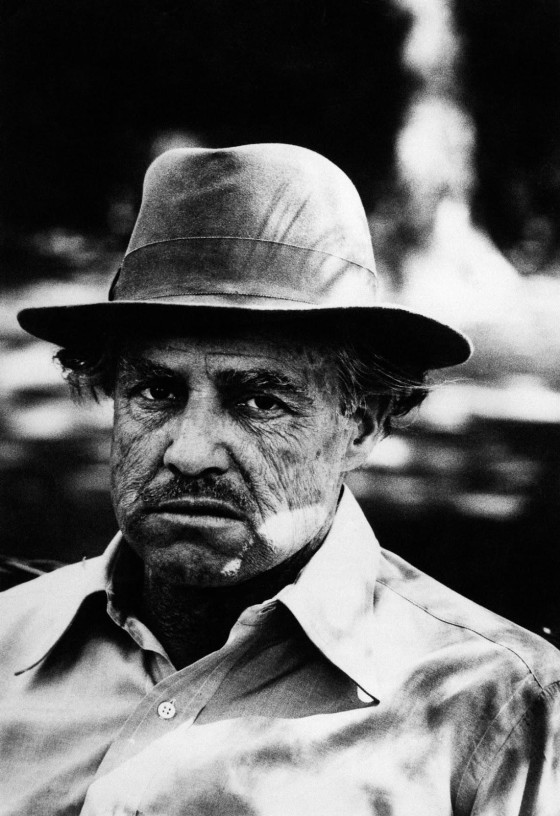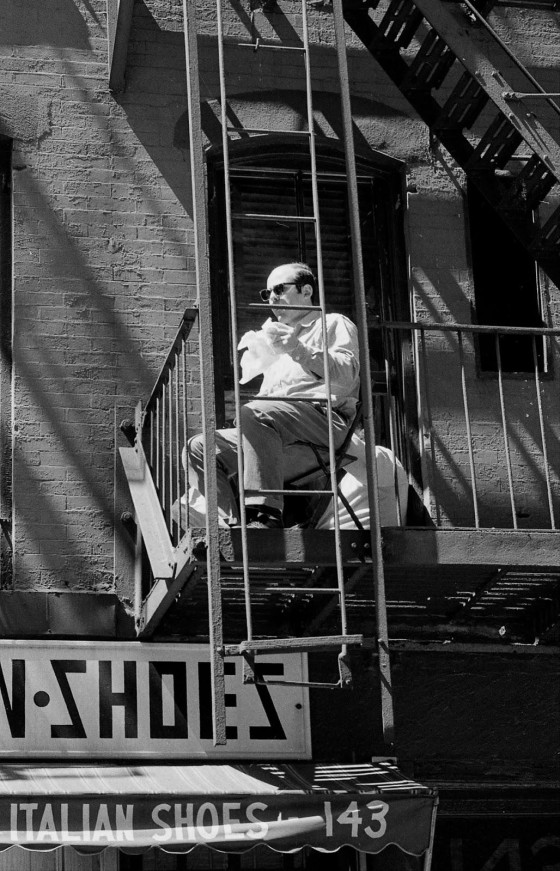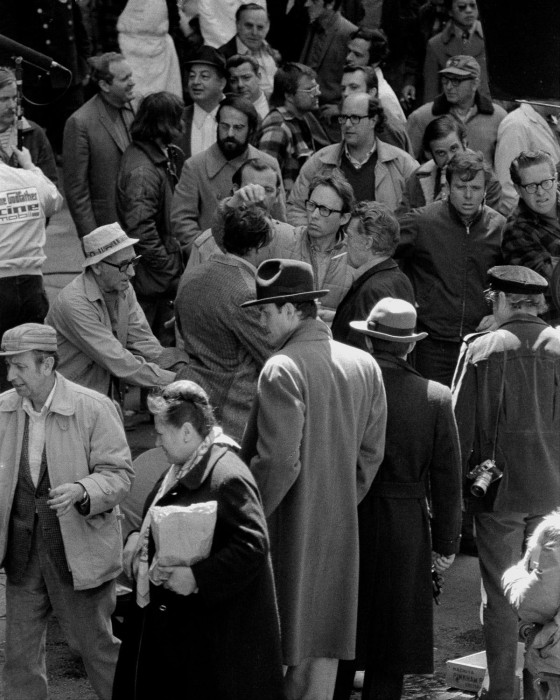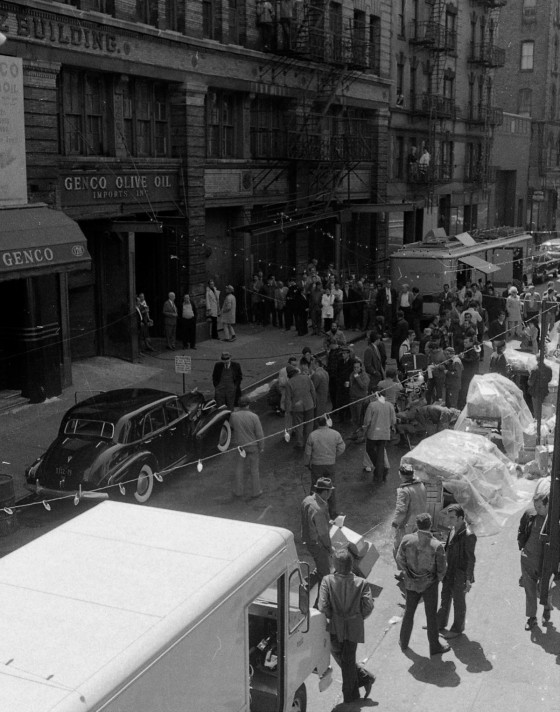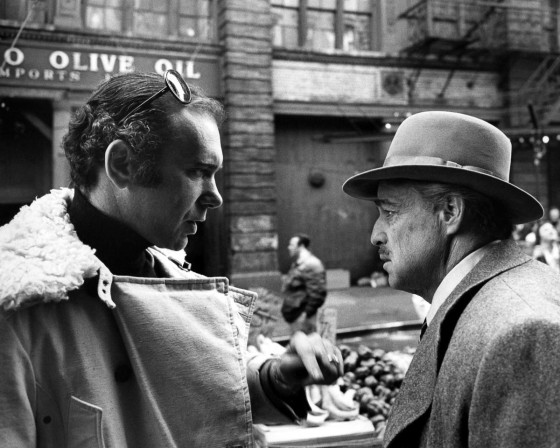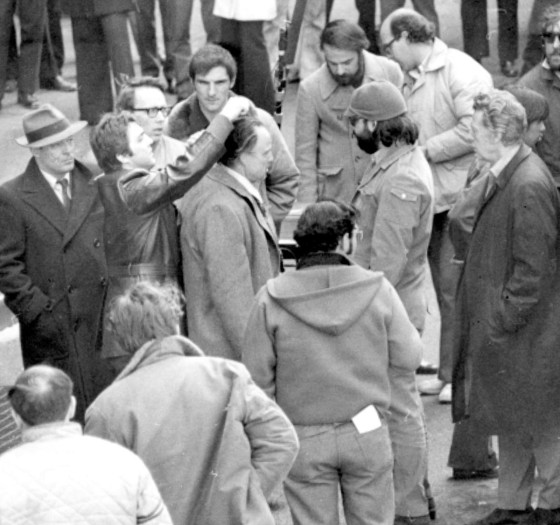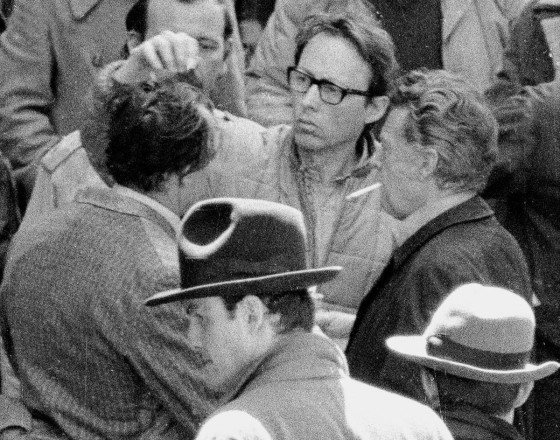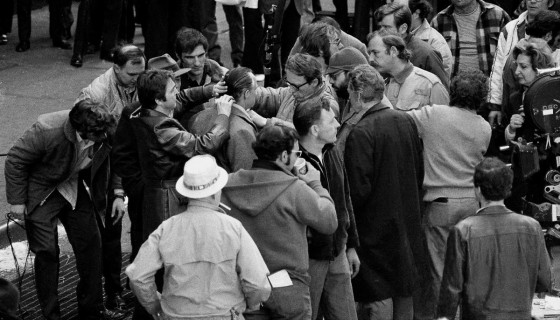Paramount Pictures obtained the rights to the novel for the price of $80,000, before it gained popularity. Studio executives had trouble finding a director; the first few candidates turned down the position before Coppola signed on to directthe film but disagreement followed over casting several characters, in particular, Vito and Michael. Filming took place primarily on location around New York City and inSicily, and was completed ahead of schedule. The musical score was composed principally by Nino Rota, with additional pieces by Carmine Coppola.
The Godfather premiered at the Loew's State Theatre on March 14, 1972, and was widely released in the United States on March 24, 1972. It was the highest-grossingfilm of 1972, and was for a time the highest-grossing film ever made, earning between $246 and $287 million at the box office. The film received universal acclaim from critics and audiences, with praise for the performances, particularlythose of Brando and Pacino, the directing, screenplay, cinematography, editing, score, and portrayal of the mafia. The Godfather acted as a catalyst for the successful careers of Coppola, Pacino, and other relative newcomers in the cast and crew. The filmalso revitalized Brando's career, which had declined in the 1960s, and he went on to star in films such as Last Tango in Paris, Superman, and Apocalypse Now.
At the 45th Academy Awards, the film won Best Picture, Best Actor (Brando), and Best Adapted Screenplay (forPuzo and Coppola). In addition, the seven other Oscar nominations included Pacino,Caan, and Duvall for Best Supporting Actor, and Coppola for Best Director. Since its release, The Godfather has been widely regarded as one of the greatest and most influential films ever made, especially in the gangster genre. Itwas selected for preservation in the U.S. National Film Registry of the Library of Congress in 1990, being deemed "culturally, historically, or aesthetically significant" and is ranked the second-greatest film in American cinema (behind Citizen Kane) by theAmerican Film Institute. It was followed by sequels The Godfather Part II (1974) and The Godfather Part III (1990).
Although many films about gangsters preceded The Godfather, Coppola steeped his film in Italian immigrant culture, and his portrayal of mobsters as persons of considerable psychological depth and complexity was unprecedented. Coppola tookit further with The Godfather Part II, and the success of those two films, critically,artistically and financially, was a catalyst for the production of numerous other depictions of Italian Americans as mobsters, including films such as Martin Scorsese's Goodfellas and TV series such as David Chase's The Sopranos.



